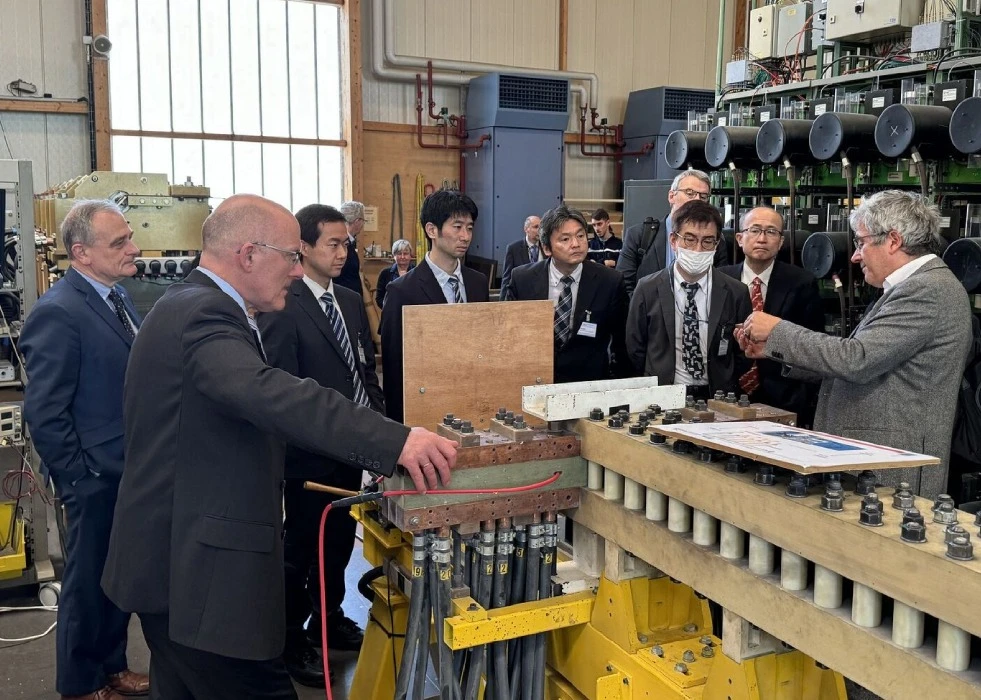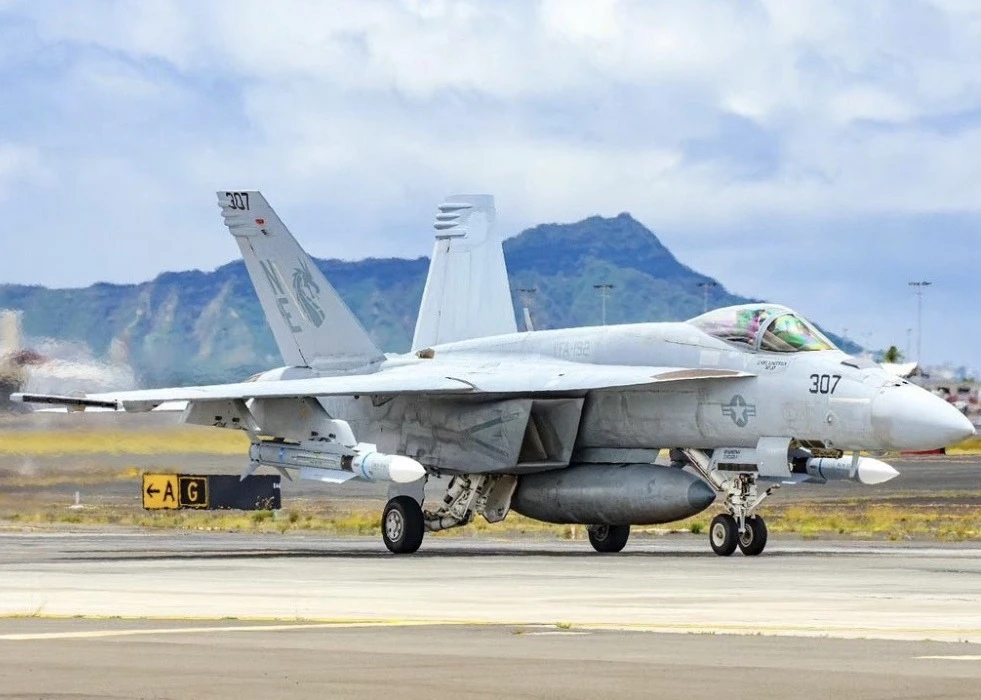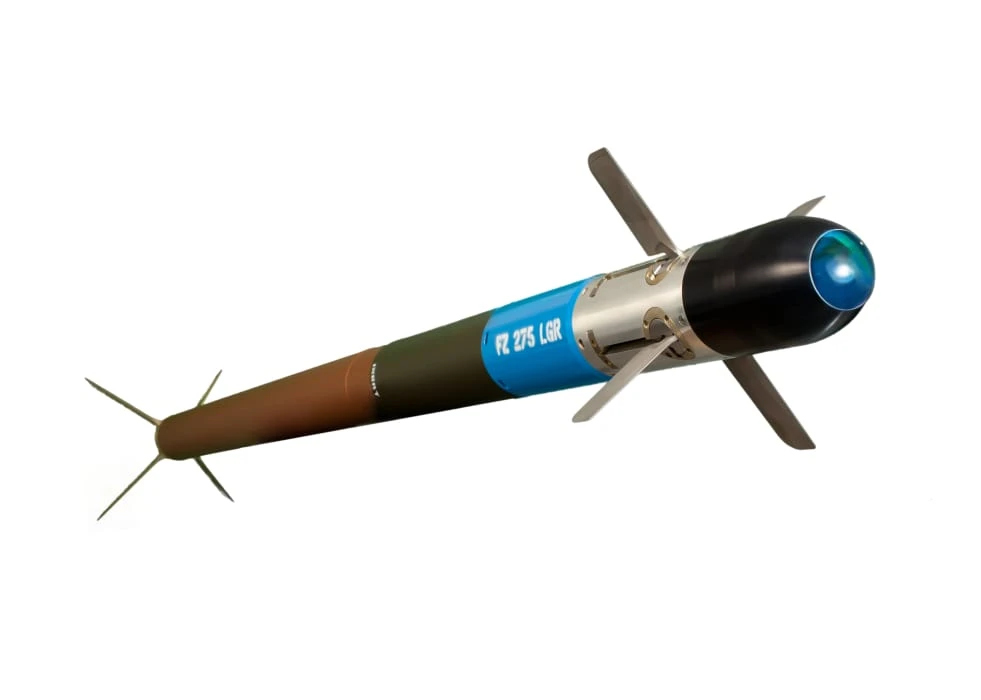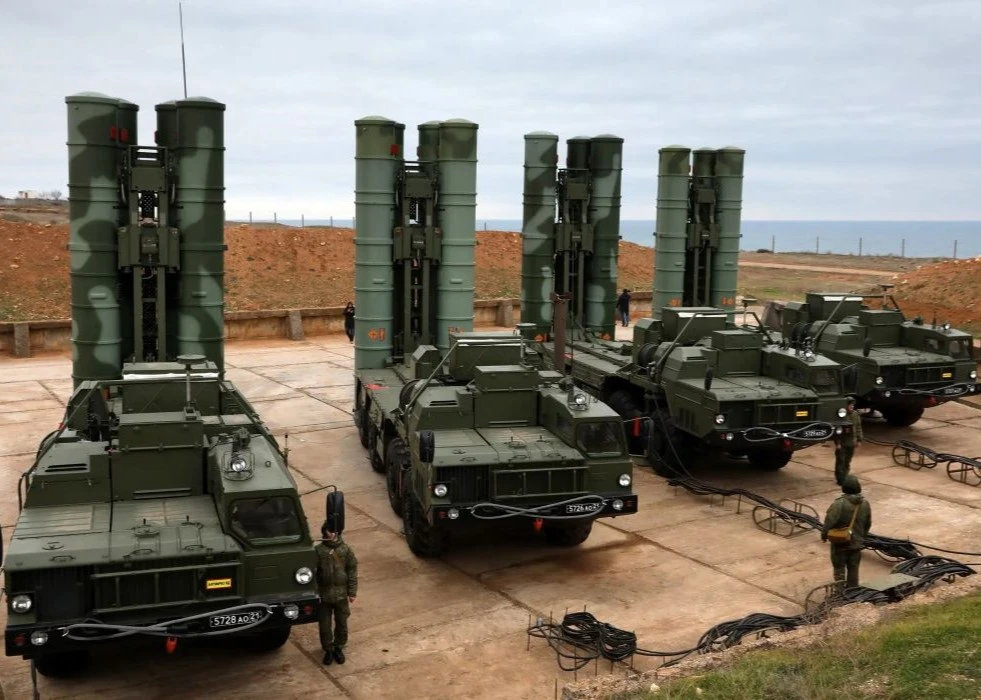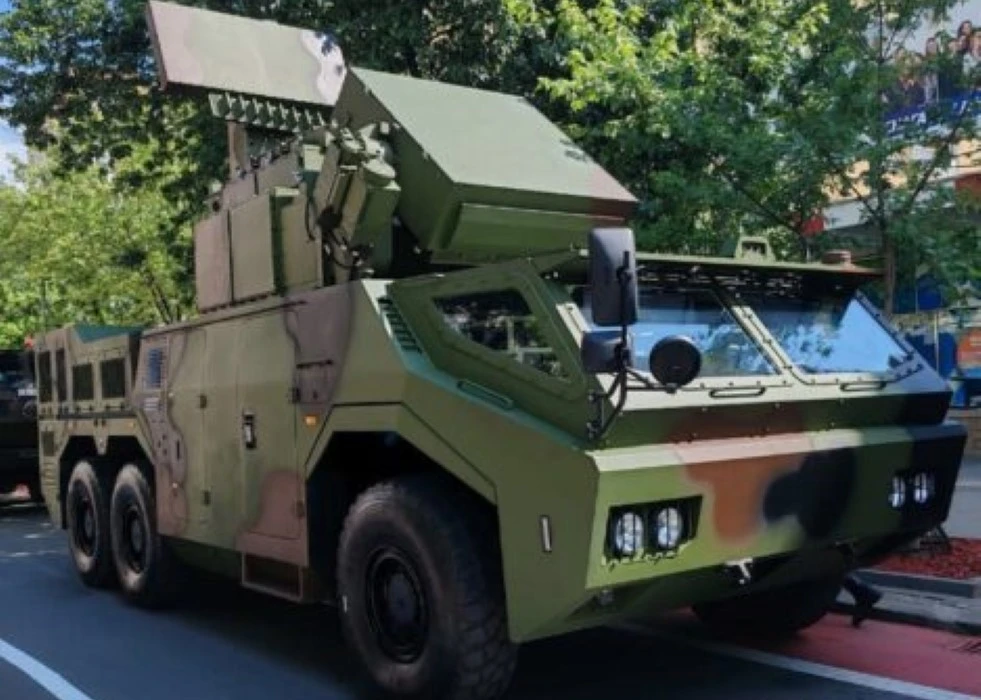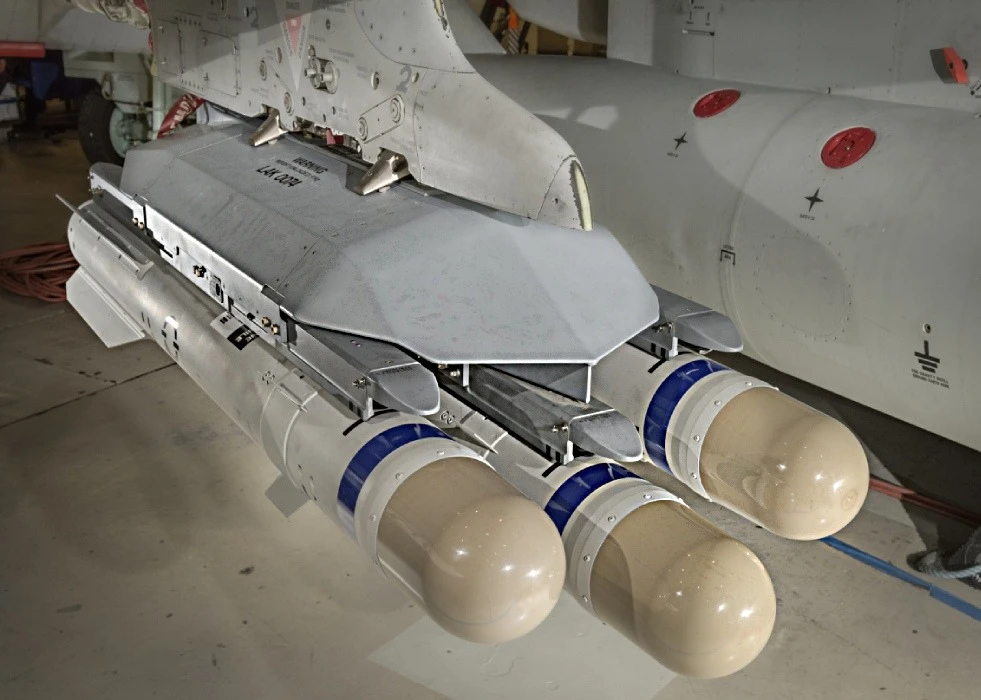Acquisition, Technology & Logistics Agency (ATLA) of Japan has joined the French-German consortium to develop railguns.
This marks another new instance of Japan joining a multi-national high-technology weapon system programme after the well-known GCAP fighter programme. France and Germany have been working on railguns through the Research Institute of Saint-Louis (ISL).
Japan tested a prototype from a JMSDF ship’s deck in October 2023, with the round reaching a speed of Mach 6.5. In August 2023, 23.8 billion ¥ (About $ 164.3 million) was requested to continue railgun development. Japan’s idea of an operational railgun is an artillery system capable of hitting surface and air targets with airburst ammunition to serve the navy and army. The trilateral agreement will allow countries to unite their technology on power sources, railguns and hypersonic projectiles.
ISL is developing a 25 mm railgun prototype named RAFIRA with the capability to fire five rounds in a single salvo. The railgun will be capable of accelerating 100 gr projectiles roughly to a speed of Mach 7.35. The prototype is intended to serve as a test model for research into using railguns as air defence weapons.
Most countries developing railguns have a velocity goal for operational systems between Mach 6-8. This will allow both a more extended range and increased lethality. Projectiles at hypersonic speeds will likely excel against hardened targets like bunkers and warships. Additionally, railgun munitions are designed with reduced drag and fin stabilisation, which will heavily reduce dispersion coupled with a short time to target.
Due to high energy requirements, for the time being, there isn’t a pressure to introduce the railguns operationally. Aside from energy requirements, mechanical issues such as friction and heating due to the extreme speeds of railgun components are also present. For that reason, most prototypes have a rate of fire lower than current artilleries and naval guns.
Japan Joins Germany and France for Railgun Development
